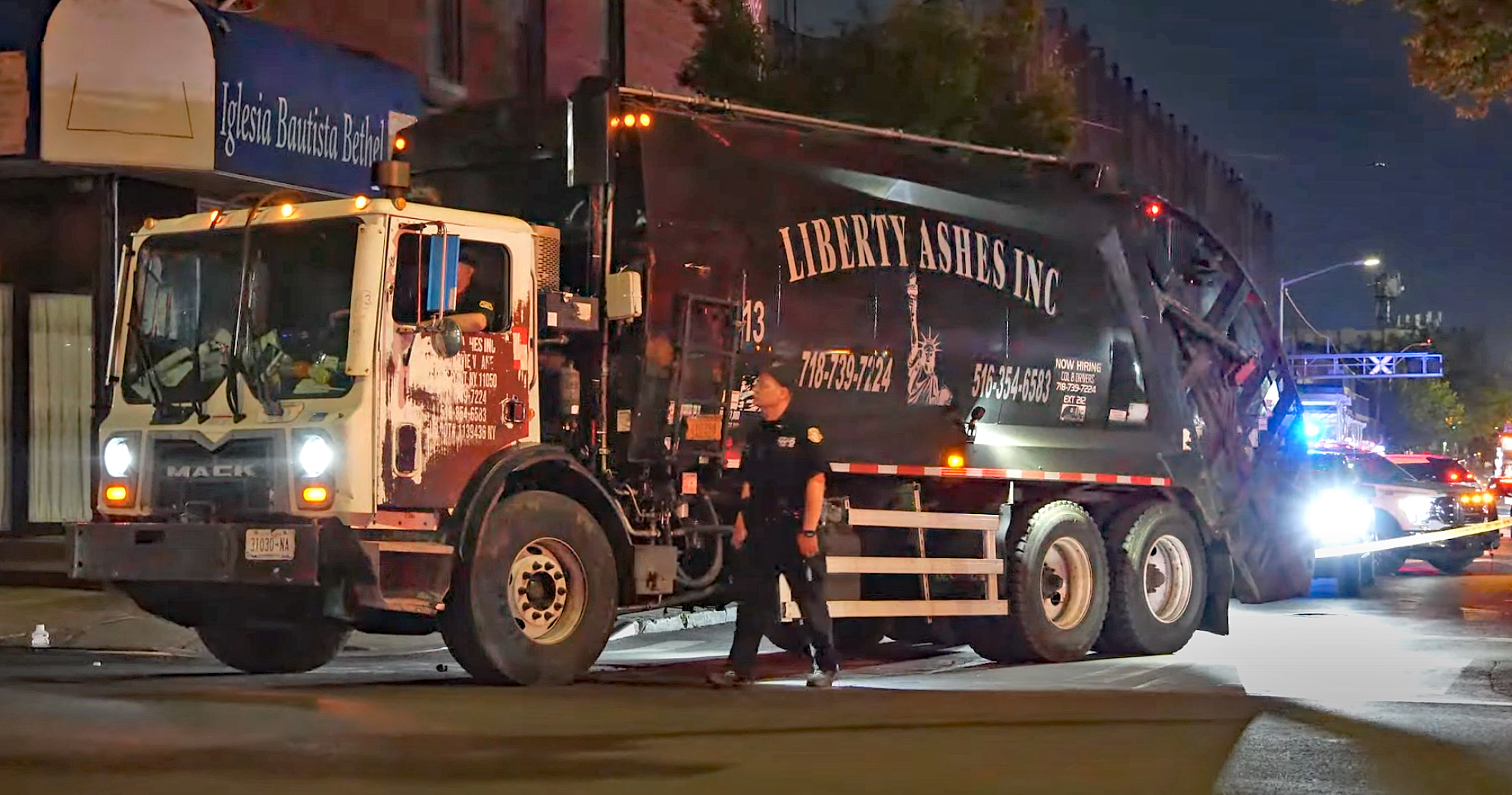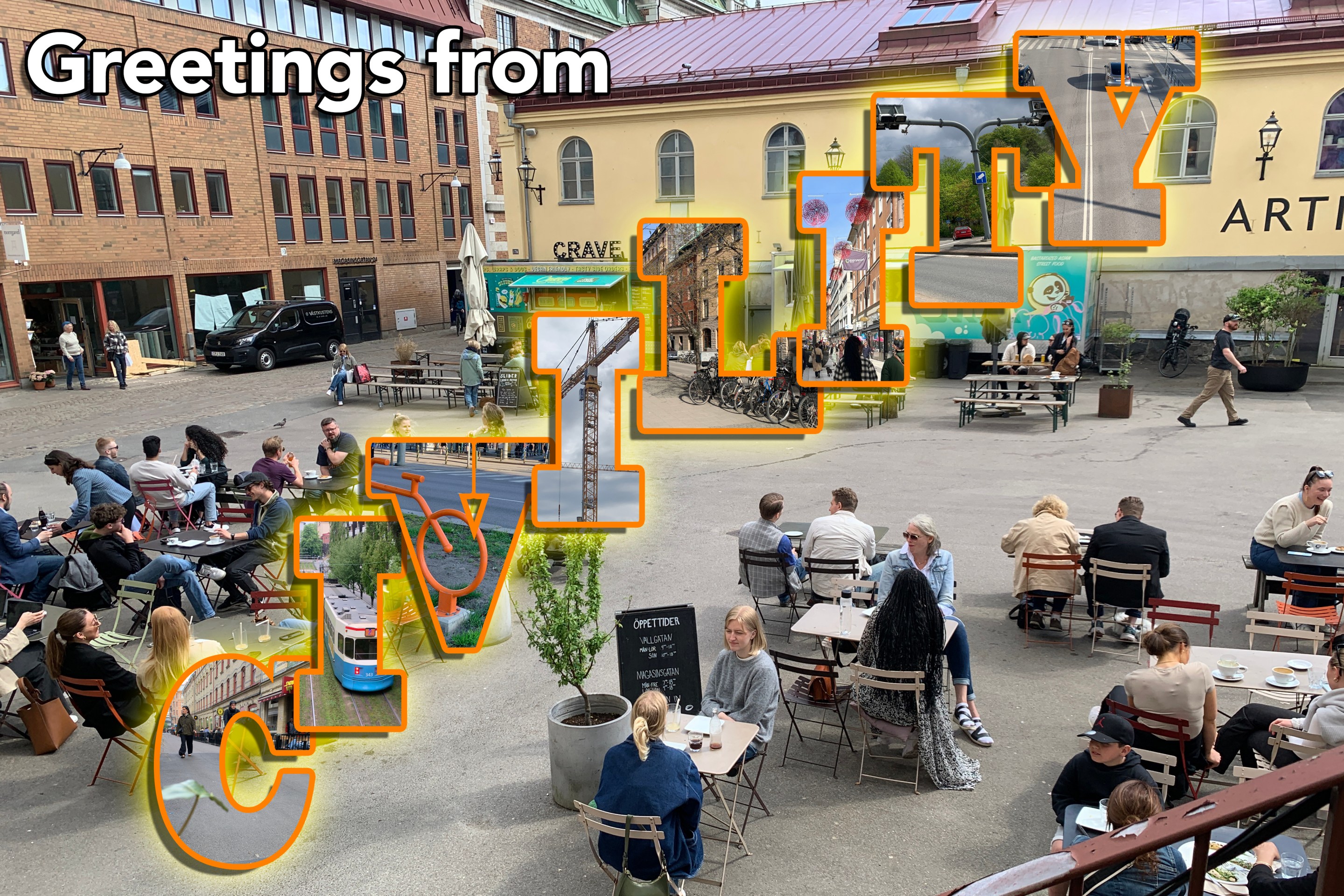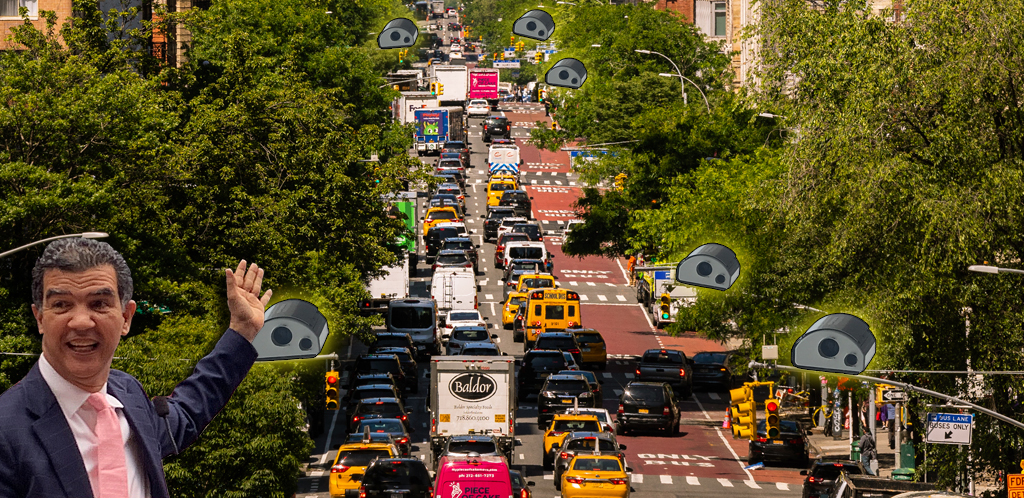What's the fastest way to travel between Los Angeles and the Bay Area? How about Tampa and Miami? Or Chicago and St. Louis?
 Siemens is using images of its 230-mph Velaro train to make a direct pitch to airline customers. Image: Ogilvy and Mather
Siemens is using images of its 230-mph Velaro train to make a direct pitch to airline customers. Image: Ogilvy and MatherAny American would tell you to head for the airport. But in many airports, once you get through the check-in lines and metal detectors and put your shoes back on, you're now met by a billboard with a picture of the Siemens Velaro, a 230-mph train that one day might offer a faster, more reliable and energy efficient option for trips under 400 miles.
“We're placing the messages close to the consumer's point of pain,” explained Andy Jones, the planning director for the Siemens account at advertising firm Ogilvy and Mather. The message, he said, is that high-speed rail is a better alternative to airport delays and traffic jams.
Jones admitted that Americans have bad associations with intercity rail, thanks to 30 years of experience with cash-starved Amtrak and its often substandard service. Then there's the cost of actually building the lines: Los Angeles to San Francisco alone will require more than $40 billion to get up and running.
But intercity rail, arguably the most neglected part of the American transportation system, is finally getting some attention. At the beginning of the year, the Obama Administration appropriated $8 billion for high-speed rail projects. Back in 2008, voters in California approved a $10 billion bond to build a line from Los Angeles to San Francisco, so the Golden State made a good impression on the feds and grabbed the biggest slice of the national funding pie, at $2.25 billion. That still leaves California $30 billion short if the state wants its bullet train, but rail builders now see a potential American market.
From 1956 to 2006, for every dollar invested in all forms of rail, the nation invested six dollars in aviation and 16 dollars in highways, according to research from the Public Interest Research Group Education Fund [PDF]. Current spending plans don't change that much. But the House Transportation and Infrastructure Committee chairman, James Oberstar, a Minnesota Democrat, wants to see high-speed rail spending upped to $50 billion. That would go a long way towards building the nation’s 11 currently designated high-speed corridors, which will ultimately cost around $100 billion, according to a report by The Center for Public Integrity, a group that tracks influence spending in Washington.
That kind of a shift in congressional allocations will have to contend with the $65 million that's spent annually by more than 300 lobbyists committed to more pavement, petroleum and airport expansion, according to the Center for Public Integrity. With no domestic passenger rail builders, foreign manufacturers realize they have to push back in D.C. if they want the current mood for high-speed rail to become a reality -- and a viable U.S. market.
The Siemens ads, which also appear in magazines and on websites, feature images of windmills super-imposed with the Velaro train, which currently runs in Germany, Spain, Russia and China. Like competing high-speed rail systems from France and Japan, the trains are powered by overhead wire, so the energy is as clean as whatever generates it.
For now, the Japanese and French competition are lobbying lawmakers and the Obama administration directly. There's also the newly formed U.S. High Speed Rail Association, which gets money from a variety of companies with a stake in expanding the passenger rail system.
Siemens is unique in its decision to advertise to American voters -- who, even if the train systems are built, won't decide who gets the contracts. “There's no guarantee of a result,” said Becky Johnson, spokeswoman for Siemens.
But either way, added Jones, “We're helping to educate people on the category of high-speed rail.”




